The University of Kentucky Senate Council met in an open meeting to discuss the changes to the leadership model proposed by President Eli Capilouto and Deloitte.
Across both the in-person meeting and the online option, over 200 faculty and staff members, along with university Provost Robert S. DiPaola joined in to listen to concerns, anecdotes and proposals on March 4.
The bulk of the voiced concerns with the changes revolve around the governance structure, something that has become a hot-button issue around the university.
Currently, the Board of Trustees sits alone atop a two-headed system that comprises of President Capilouto — as well as his advisory board of University Senate, Staff Senate and Student Government Association — and, with equal power, the University Senate, comprised of 94 faculty members, 18 students and 14-15 administrators, and the Senate Council, comprised of nine faculty members and three students.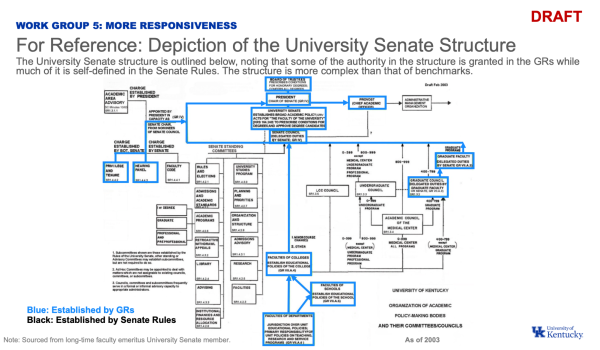
While no formal model has been proposed for changing the original, the illustration, created by a “long-time faculty emeritus University Senate member,” caused uproar — with one faculty member even describing it as “a terrible mistake” — as it played the President and/or Chancellor as the sole individuals below the Board of Trustees with the Faculty Senate, Staff Senate and Student Government Association taking up advisory roles full time.
A big reason for this change, as said by both DiPaola and Kentucky Chief Communication Officer Jay Blanton, is to speed up the decision-making process that many administrators feel has been bogged down with decades of rules compounding on top of each other.
Research into the governance system at Kentucky as compared to other relevant schools — all Southeastern Conference schools minus Vanderbilt, all public institutions within the state of Kentucky and the “big eight” colleges that have both their research and medical campuses connected — found that the majority of schools UK was compared to had less than 35 pages worth of listed rules while the University of Kentucky currently has 305 pages.
To some, however, this reasoning fell on deaf ears.
“I think it is a good thing that we have a long set of senate rules,” Associate Professor Director, Global Asias Program Akiko Takenaka said. “It became long because we kept adding to it to add clarity, to respond to changes in time. For example, two years ago I chaired an Ad-Hoc Committee that only lasted about two months and we added a new regulation because we knew that we needed to figure out a new way to do (things) once the university had an unscheduled closing. That was fast and inspiring.”
Blanton, however, also pushed back on the notion that the number of rules were the only main difference between Kentucky and the other analyzed institutions.
In a packet detailing the research and processes that have gone into proposing these changes, it was found that of the 26 institutions analyzed, 15 gave their University/Faculty Senate authority beyond an advisory capacity, while 11 did not. Of those 15, all 14 other institutions explicitly limited the authority that the Senate could hold, with Kentucky being the lone outlier.
“Eleven of the 26 basically say these faculty are largely or almost exclusively advisory,” Blanton said. “They give advice. Fifteen of them do give some authority beyond advisory, but 14 of them really specifically limit the authority. We’re the only one that is really broad and says, ‘University Senate, you’ve got broad educational policy making authority.’”
Beyond that, Blanton also displayed a depiction of the current University Senate structure to demonstrate the need for tidying up the flow of operations. He did also, however, emphasize that the changes would still be a shared governance style and would not take full power away from the Senate or faculty.
“No one should be telling the faculty what to teach and how to teach it,” Blanton said. “That is the curriculum, that’s academic freedom and that is sacred. But like I mentioned, there’s lots of other areas where it’s about education but lots of other people may be involved and who makes that decision. Maybe that happens at the college level, maybe that happens at the departmental level, maybe it’s the president and his team. But everyone says we have got to have shared governance.”
As previously stated, all changes are proposals and, since the Board of Trustees met on the fourth of March, Capilouto continued meeting with individual college and department groups and taking feedback.
In a campus-wide email sent out on Friday, March 8, Capilouto continued to state the importance of finding a solution forward, but not scrapping the idea of changing the governance structure.
“We must be willing to think anew,” he wrote. “In 2021, when we adopted our Strategic Plan, the UK-PURPOSE, we made clear that we, ‘must do more to instill a sense of trust in each other in everything we do. To ensure a more responsive institution that can timely adapt when necessary during challenges, assess language and application of university guidance and policies to better structure and define roles with respect to the bedrock principle of shared governance among faculty, students, staff and administrators.’”
Ultimately, it’s unlikely any concrete changes will be made in the immediate future as meetings will continue between administration and faculty and staff as a common ground is sought.
In the meantime, the Board of Trustees meeting on March 4 ended with a motion, pushed by Molly Blasing, associate professor of Russian Studies in the Department of Modern and Classical Languages, Literatures and Cultures in the College of Arts and Sciences at UK, to draft a proper motion to call on the president to pause recommendation to the board until the president collaborates with Senate council and Senate to assess the function of the Senate and formulate recommendations. It was passed unanimously.
With the board still planning to reconvene at a future date, with another Senate Meeting scheduled for March 18, the back-and-forth continues at Kentucky and the tension between the administrations and faculty/staff continues to remain high heading into the campus-wide spring break.
“The president goes across this state and he stands tall and he tells the University of Kentucky that he bleeds blue,” a member of the College of Engineering said. “But please remind him he can stand so tall because he stands on the shoulders of a world class faculty that are on the front lines when it comes to all kinds of situations. He needs to remember that it’s the faculty who are the pillar and I’m concerned that what he and the Board of Trustees did two weeks ago undercut the reason he can stand so tall.”

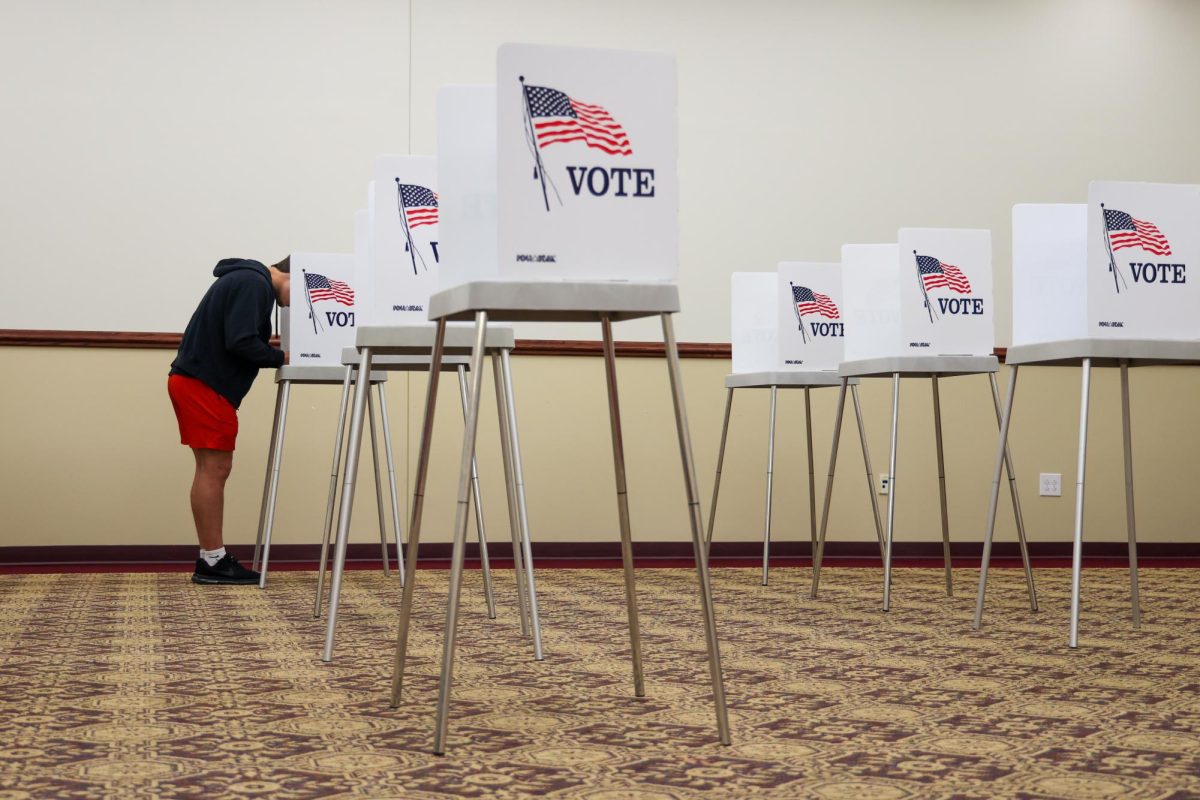



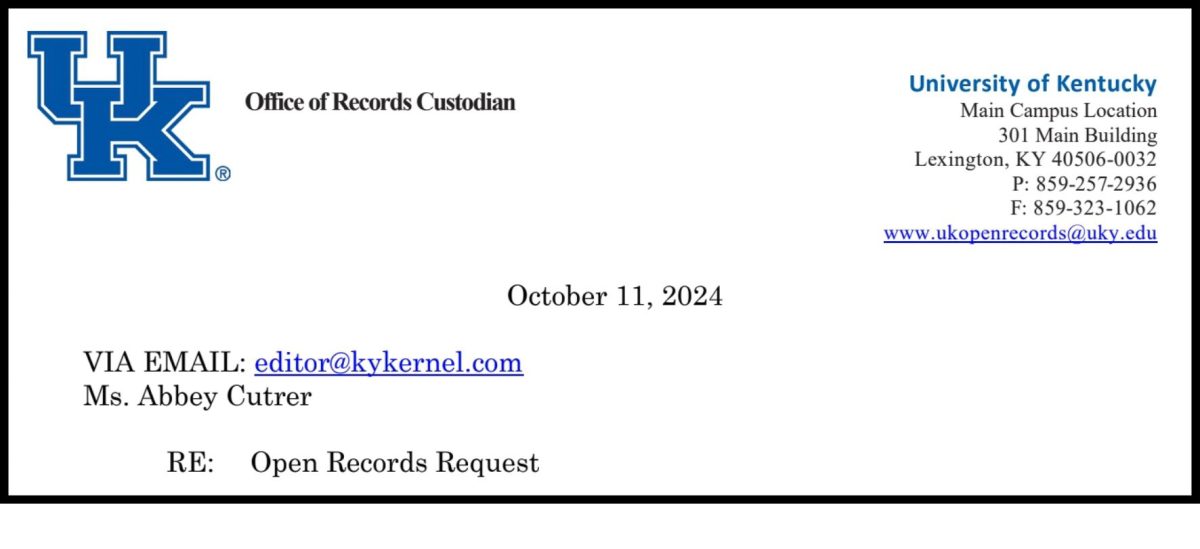



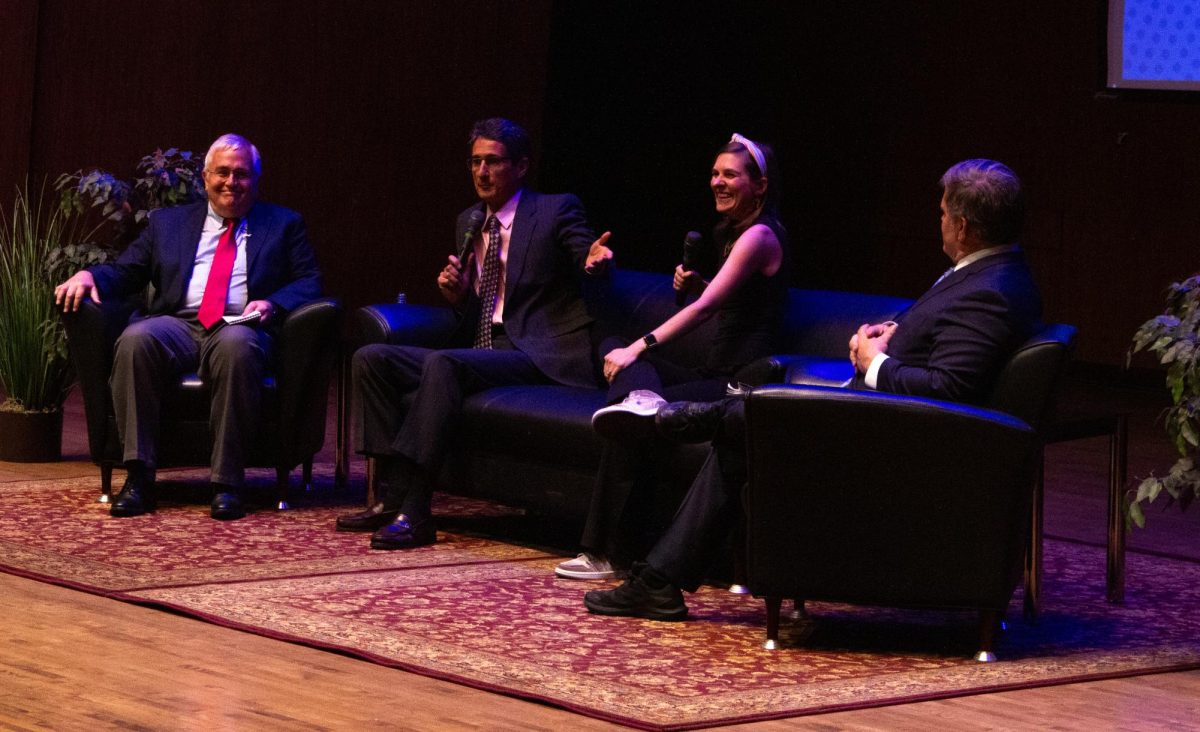



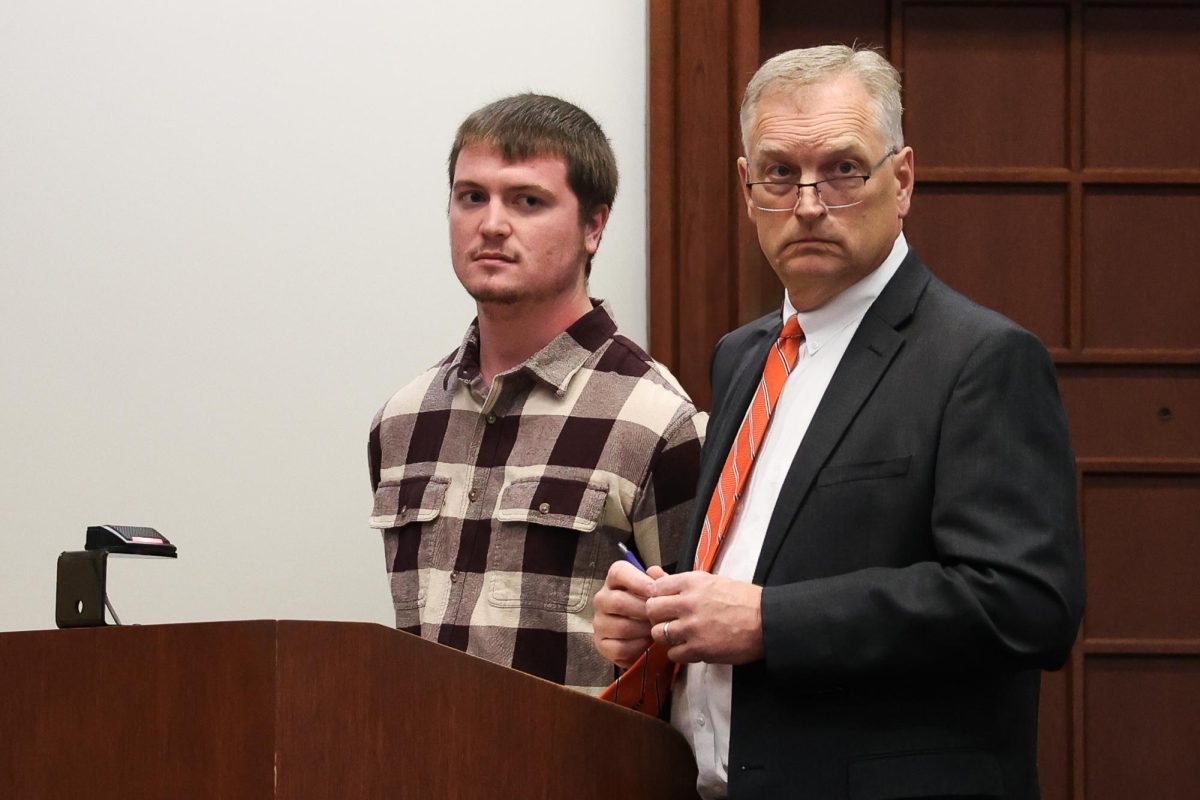




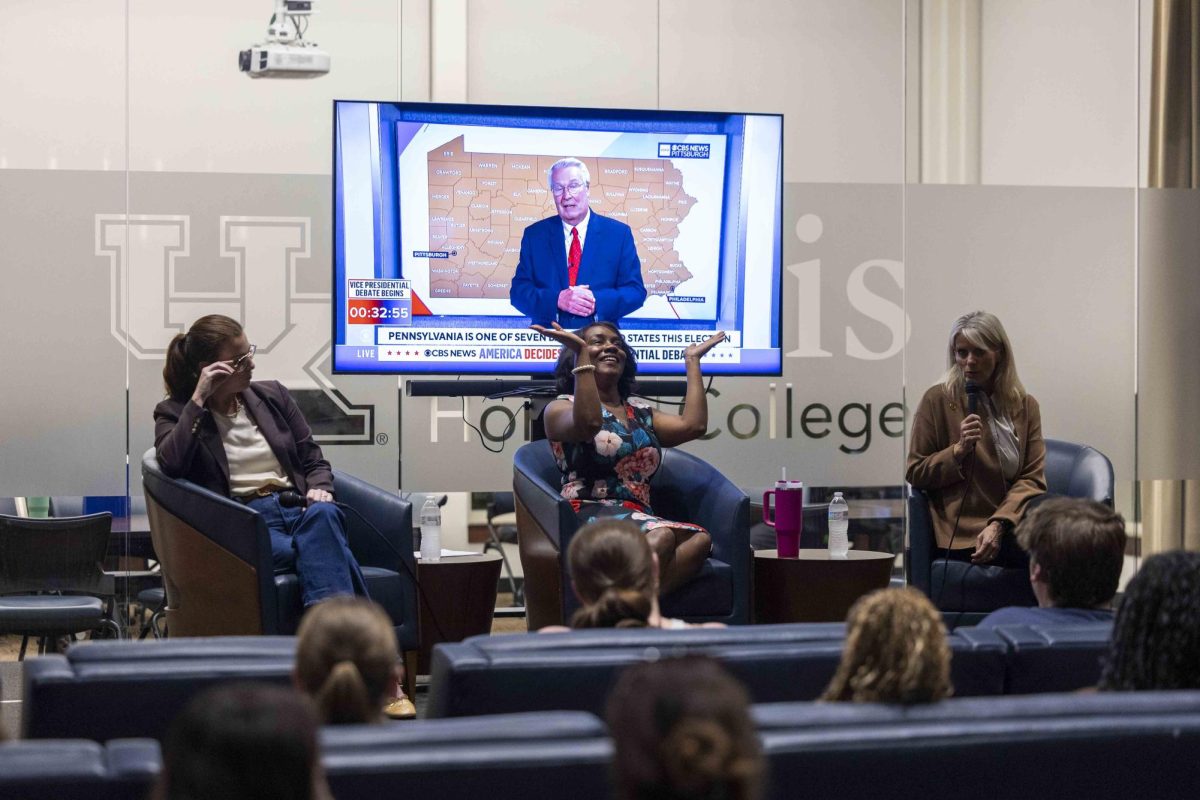
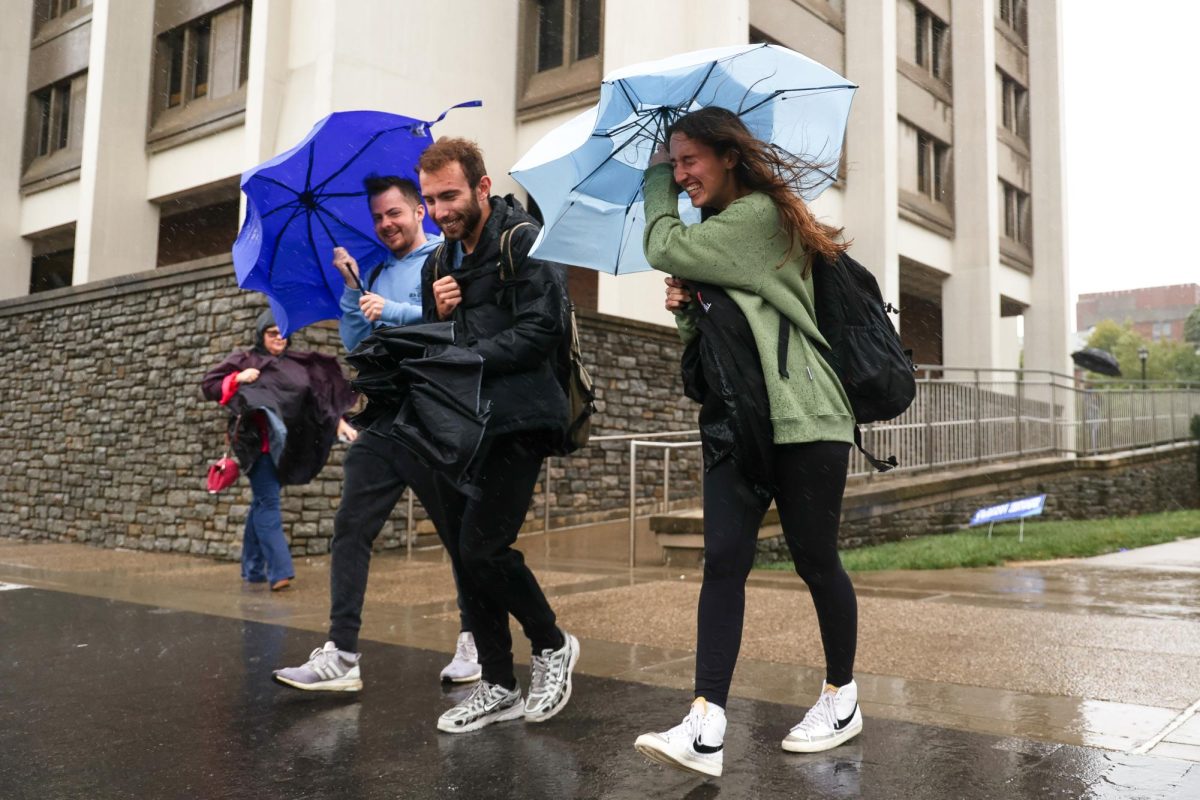
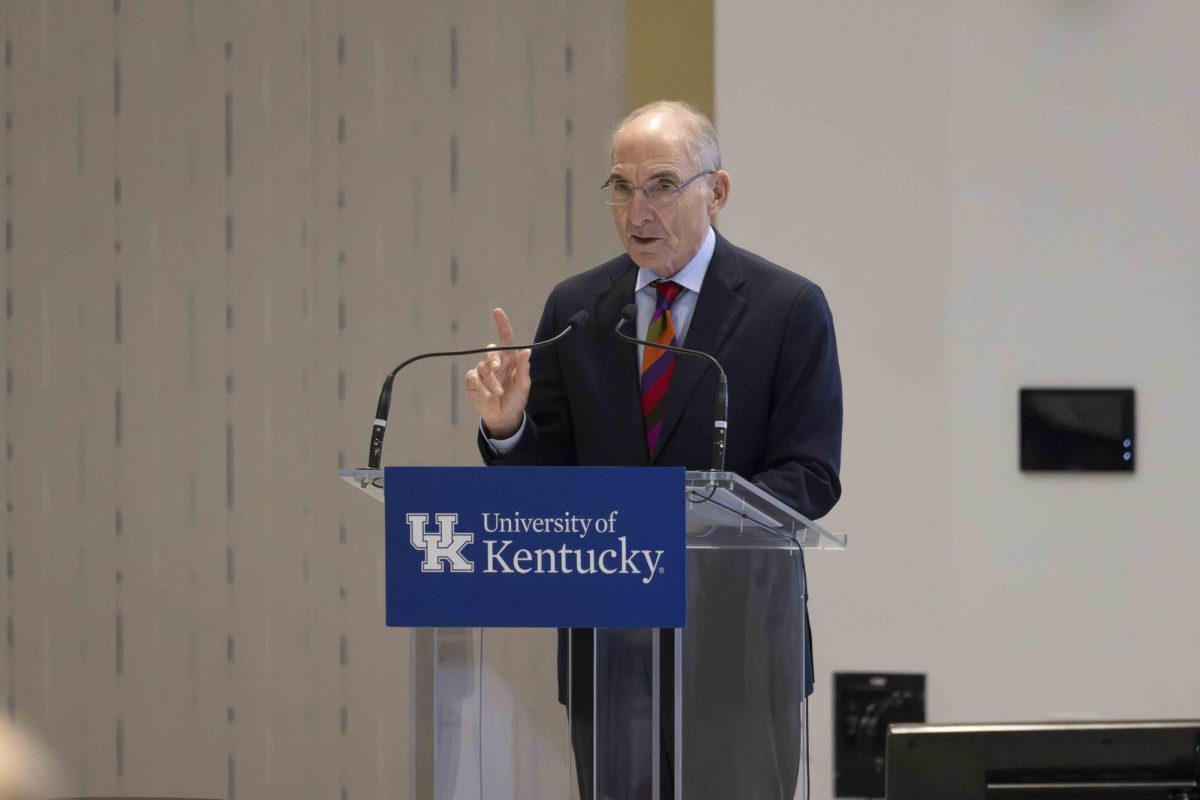


















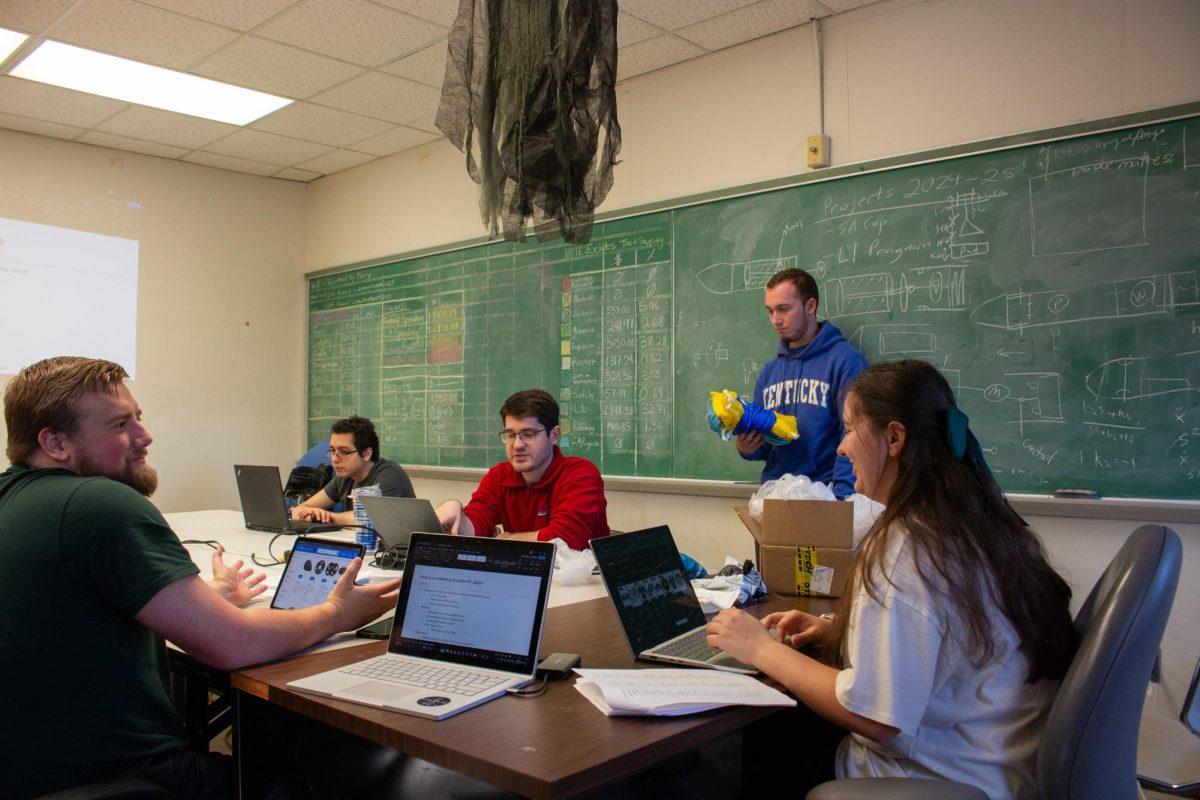

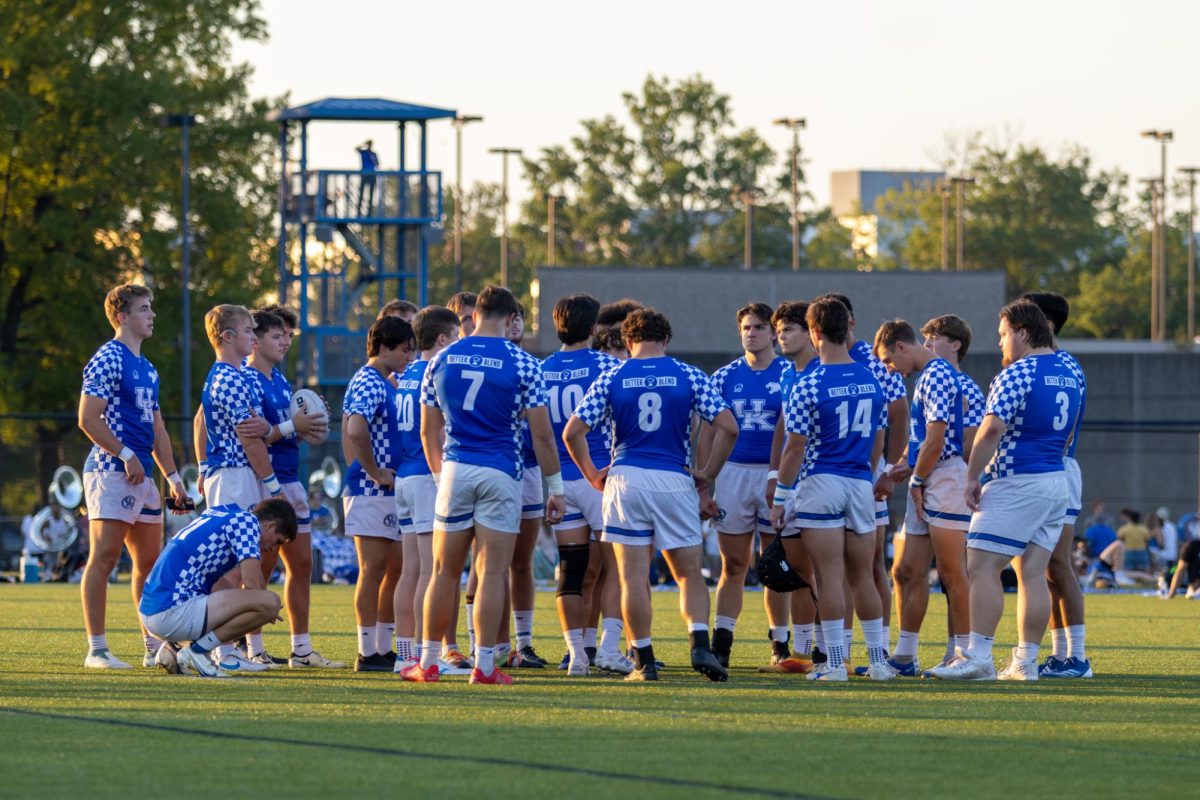
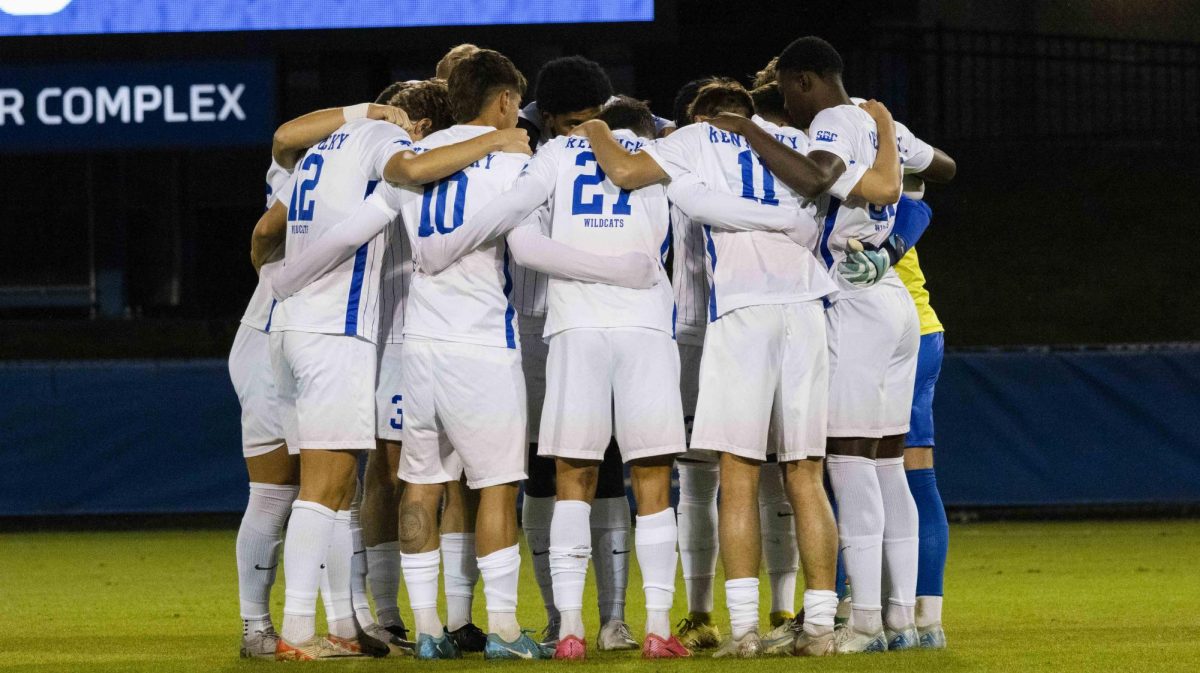
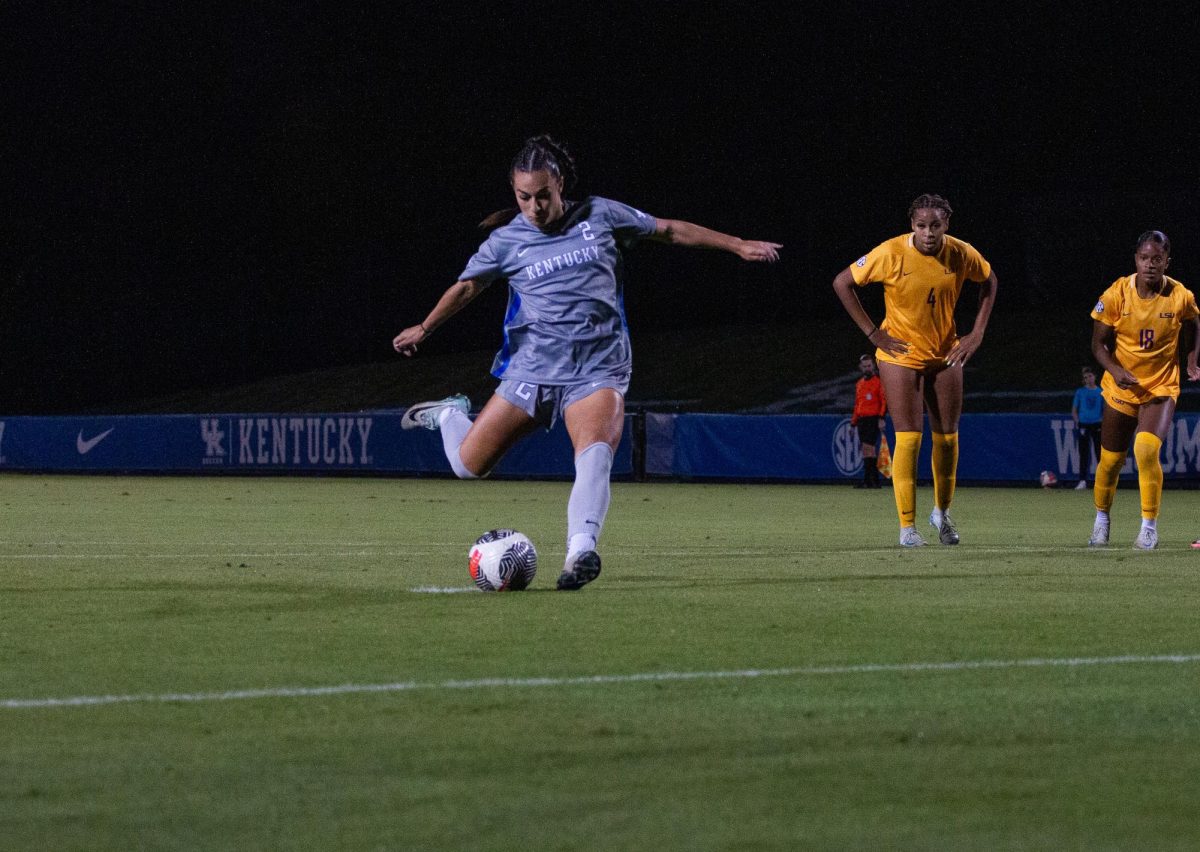
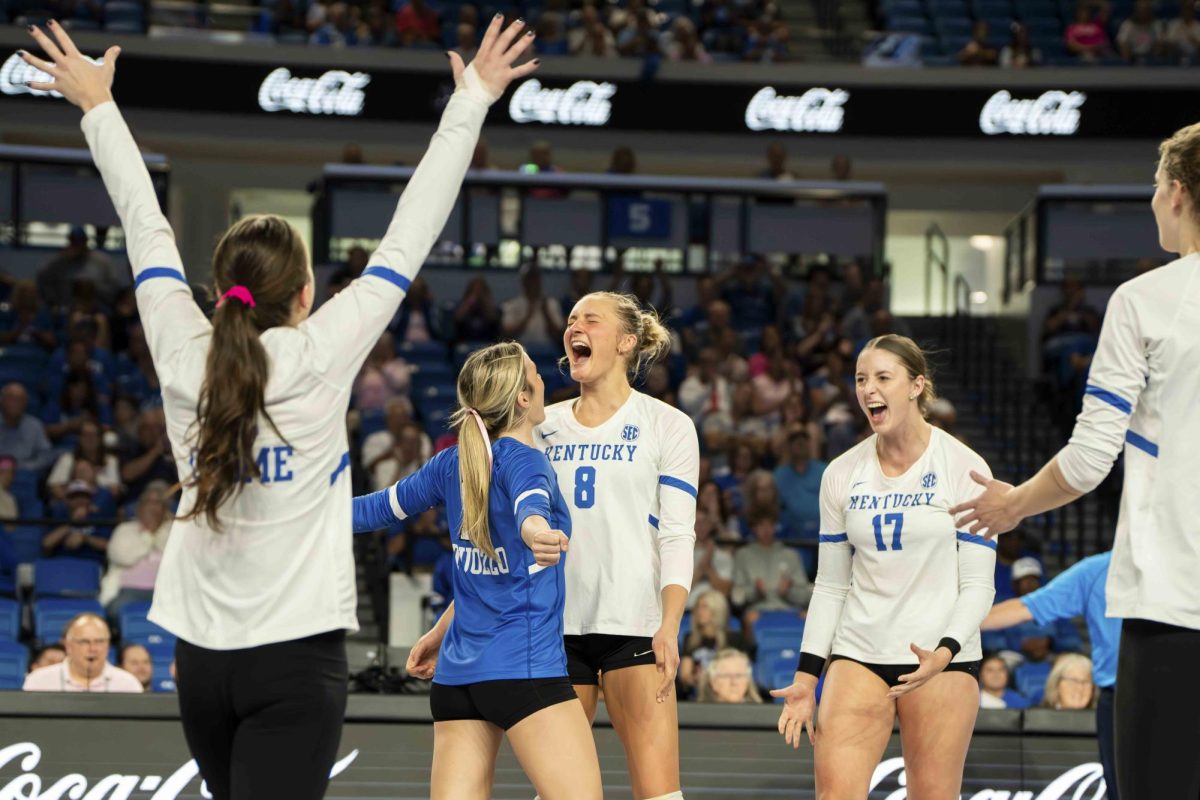

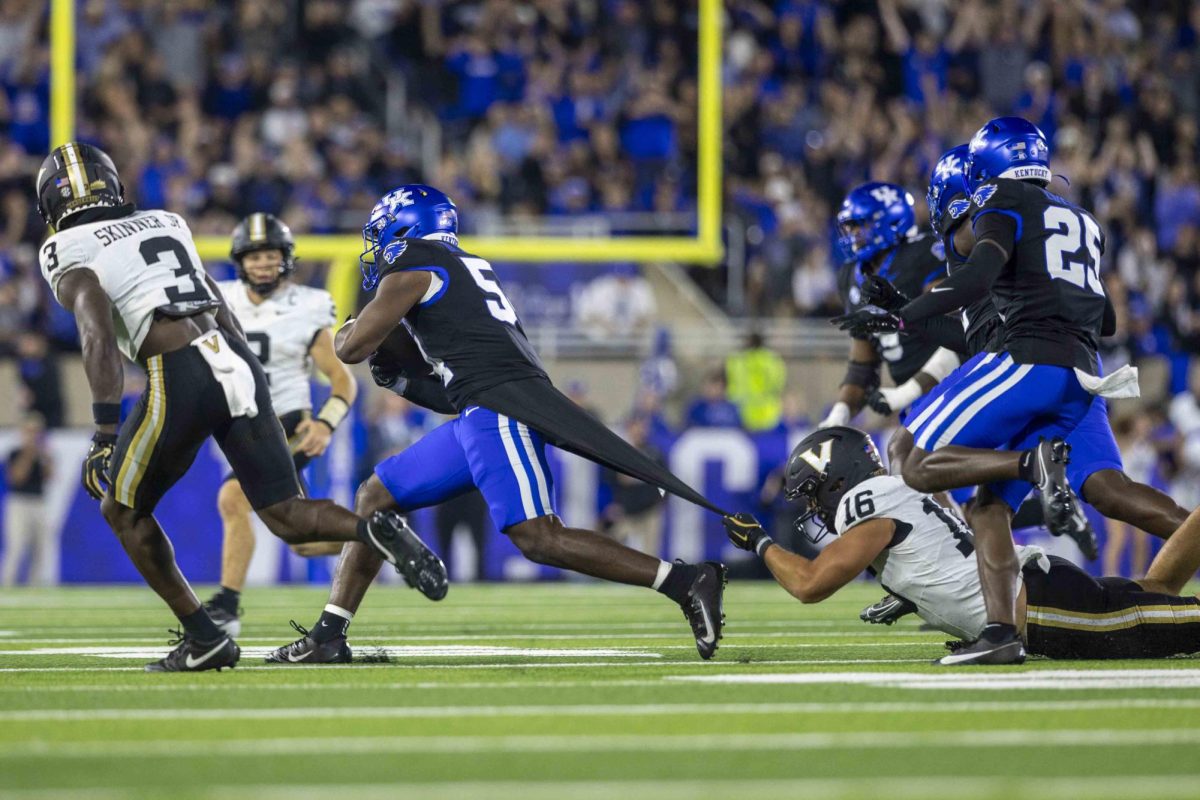
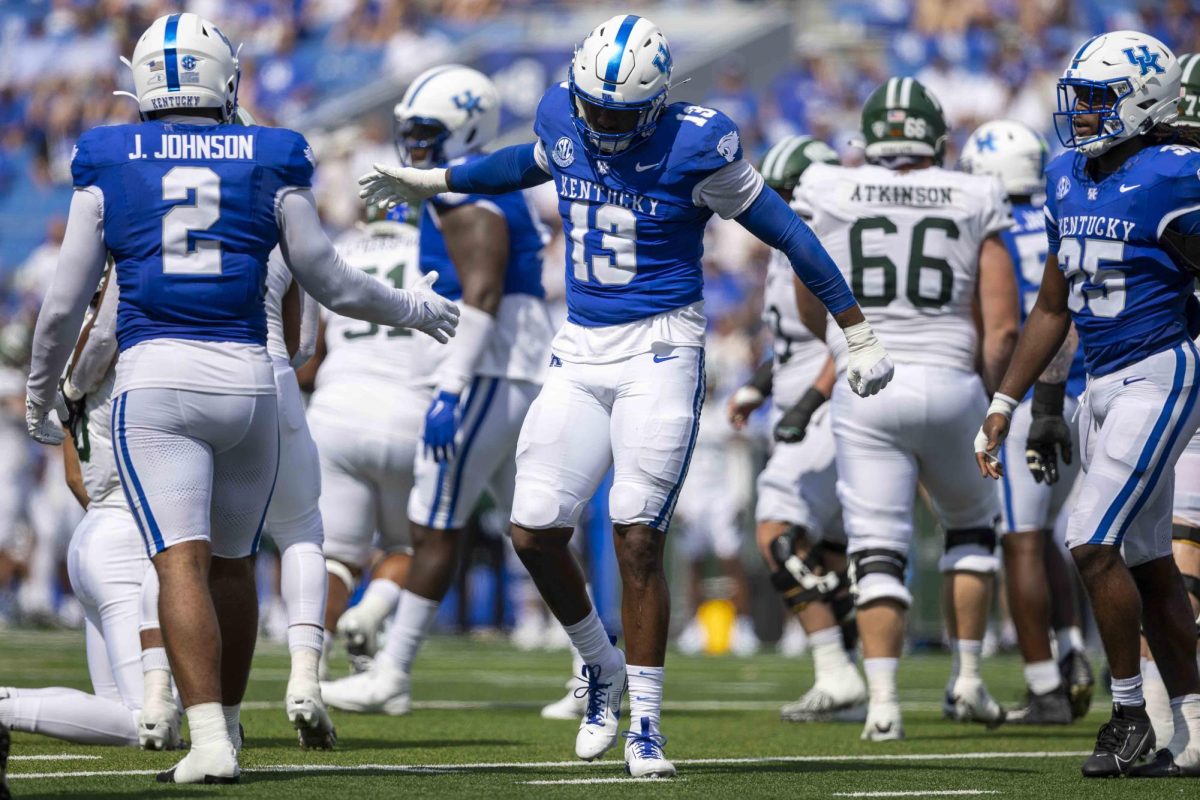
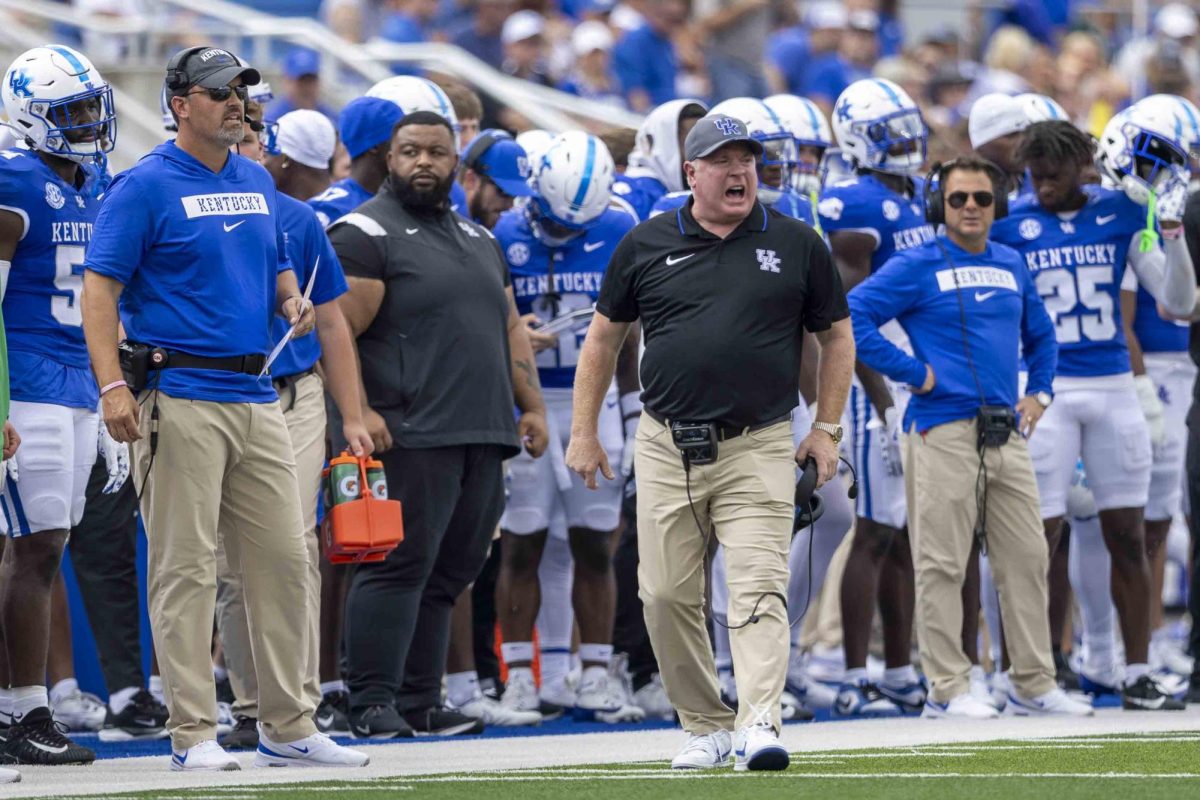
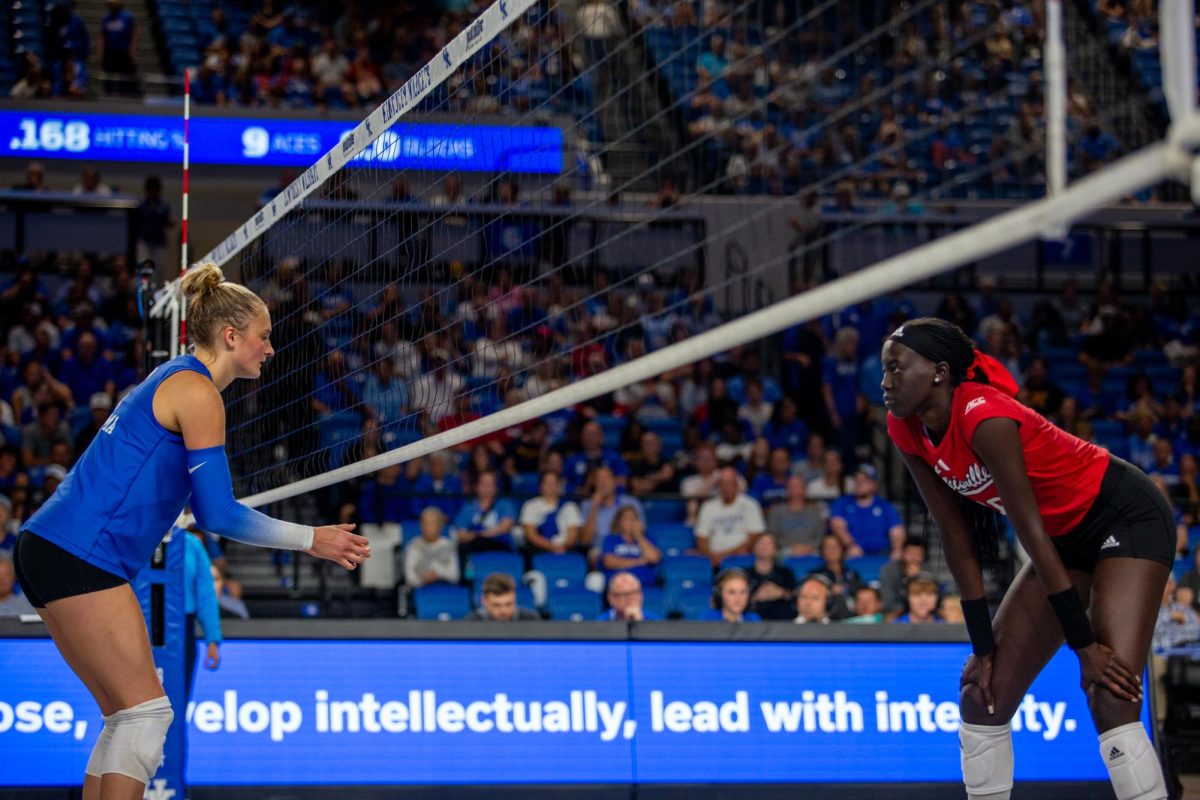
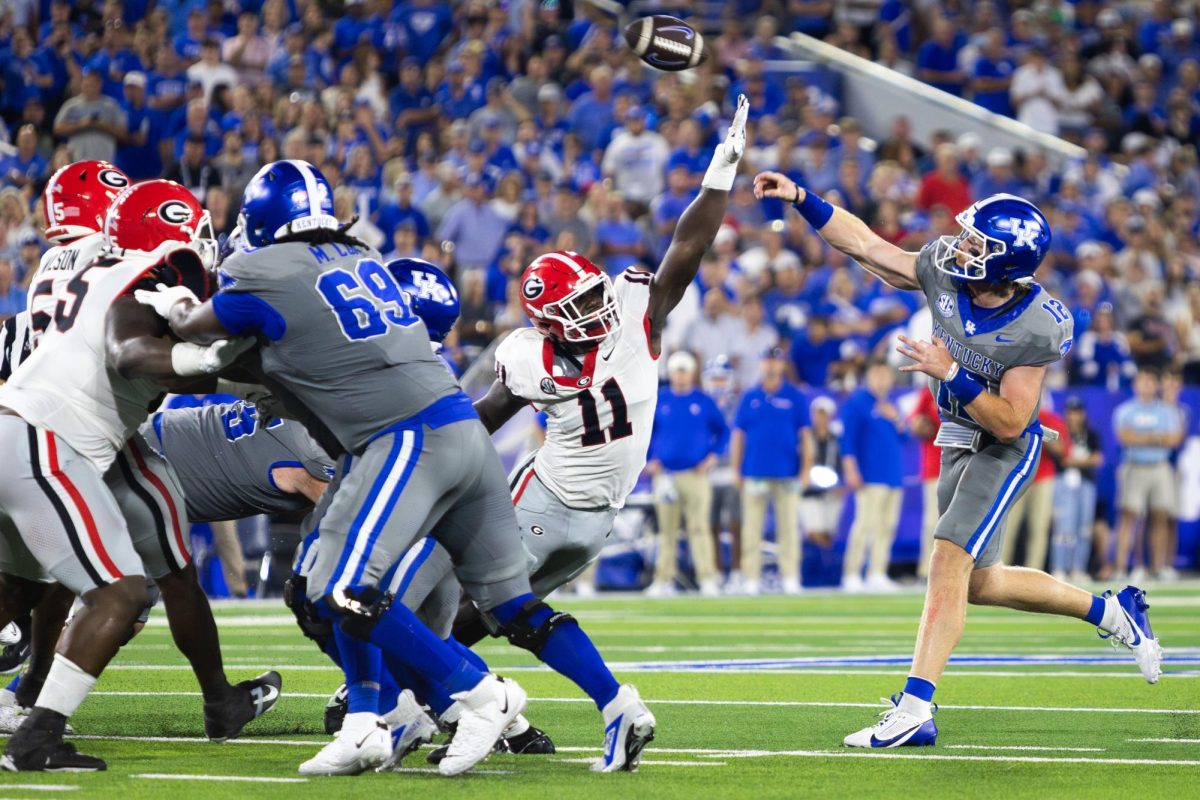


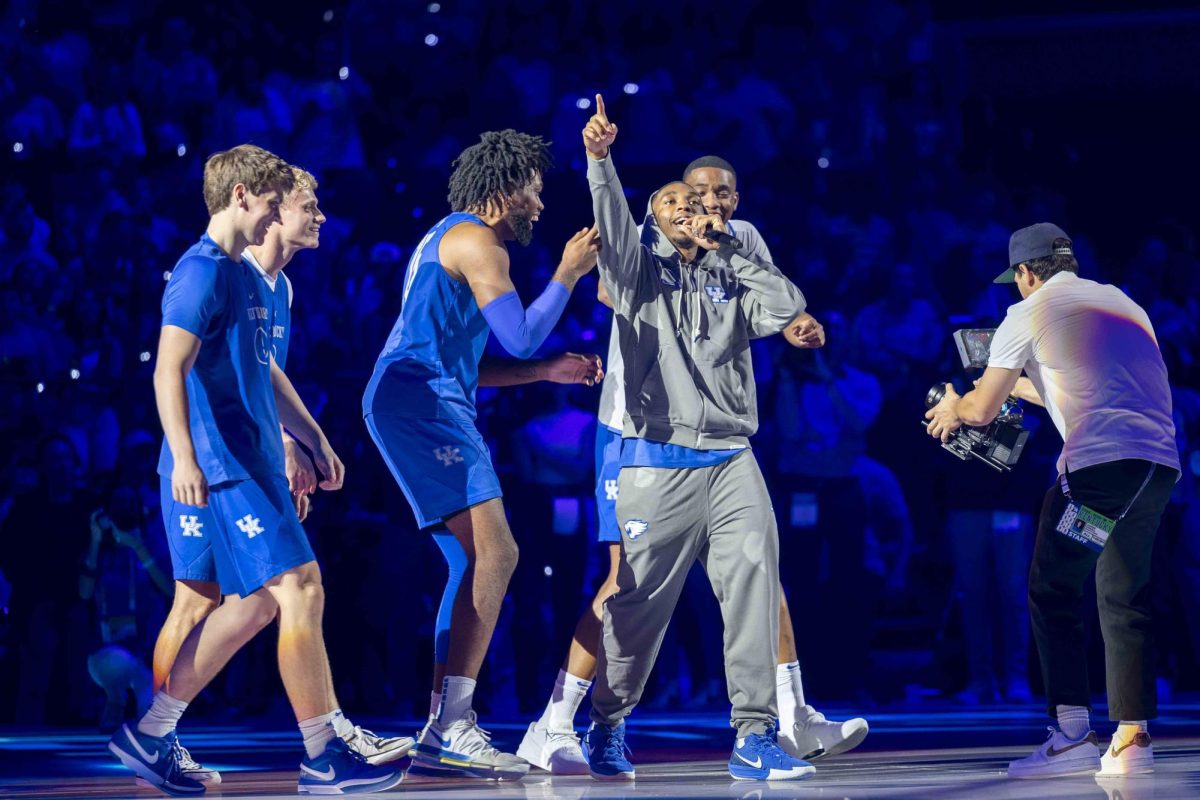
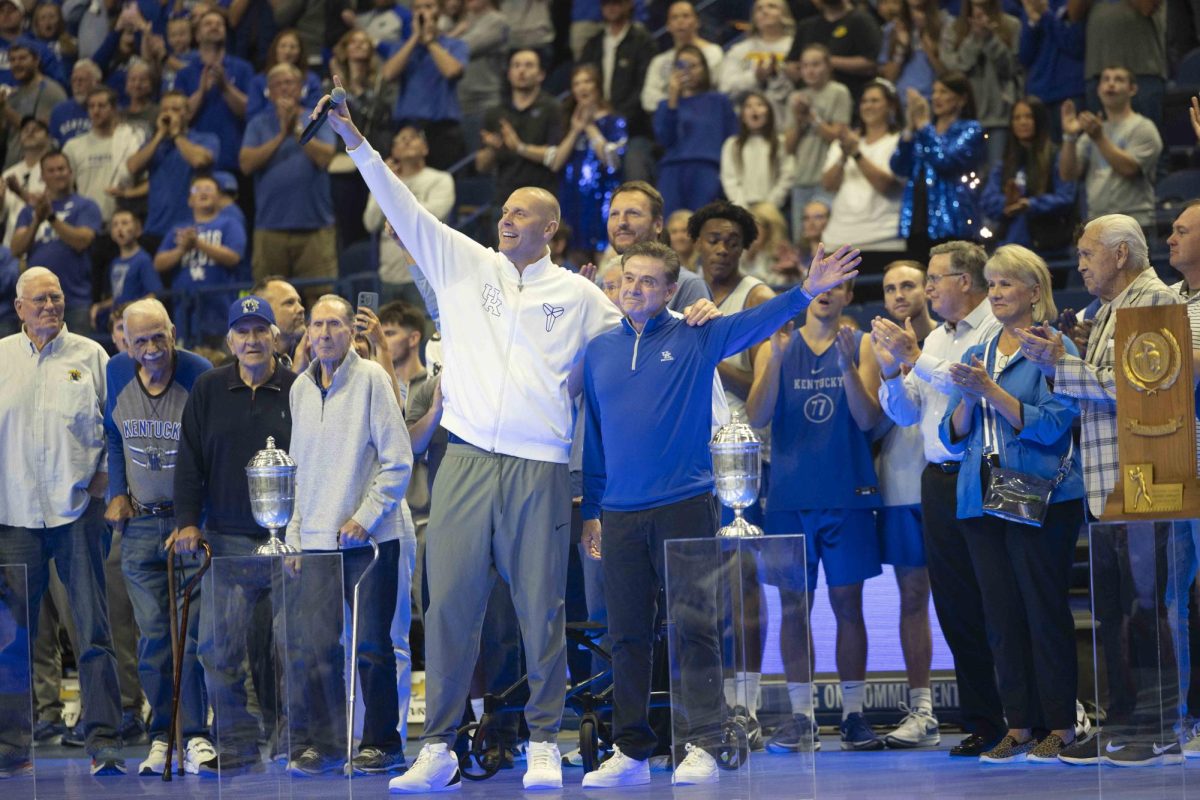

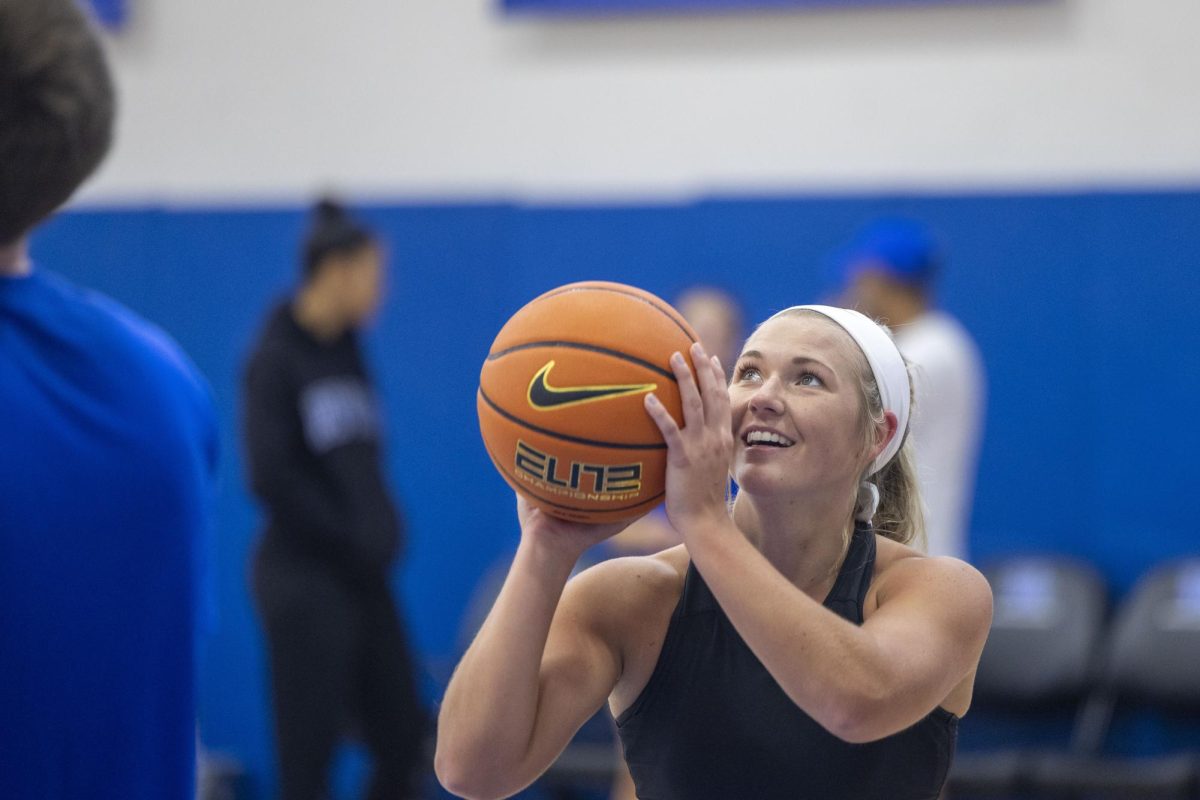







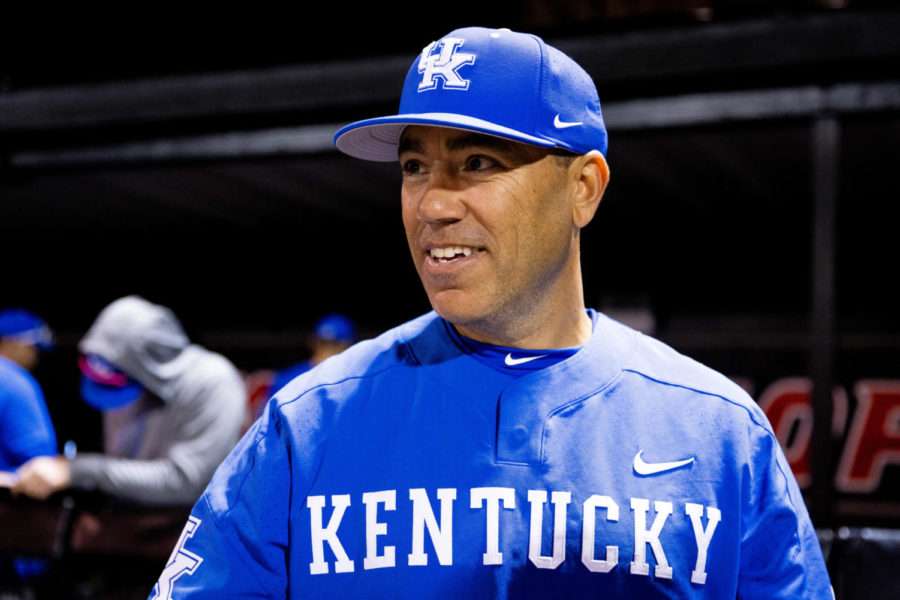


















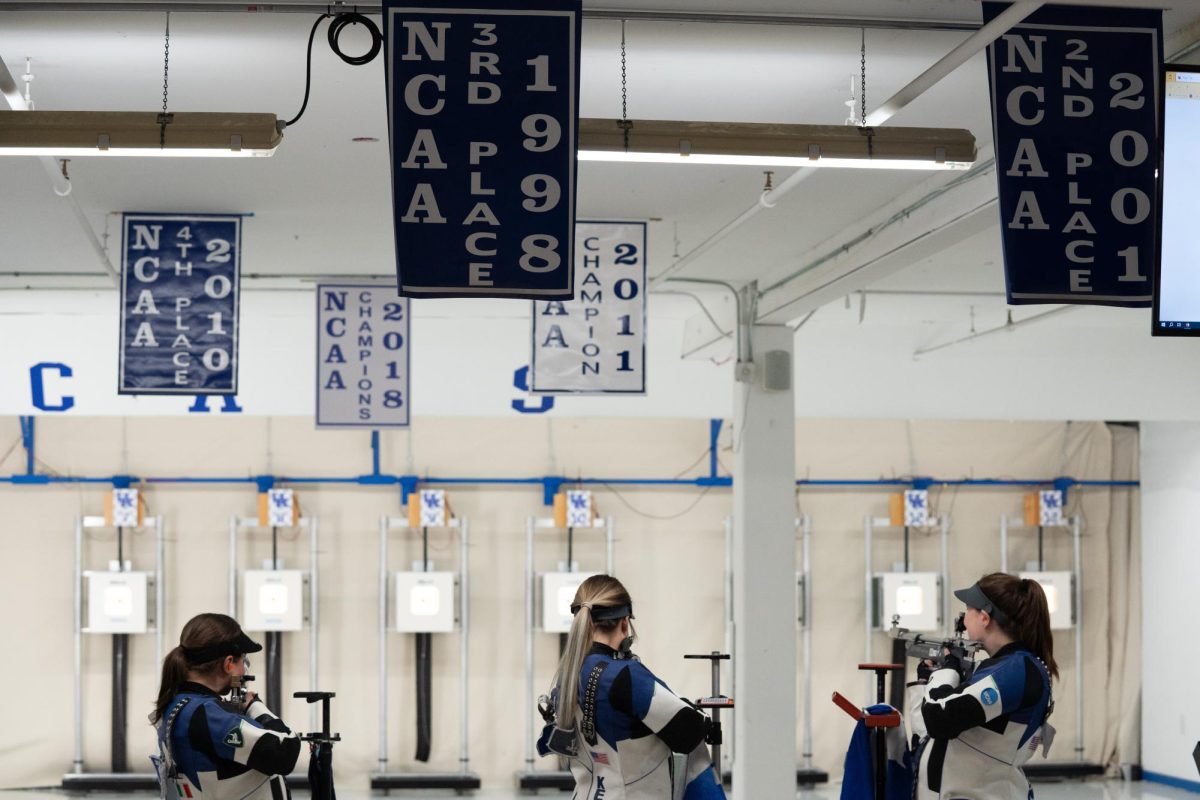





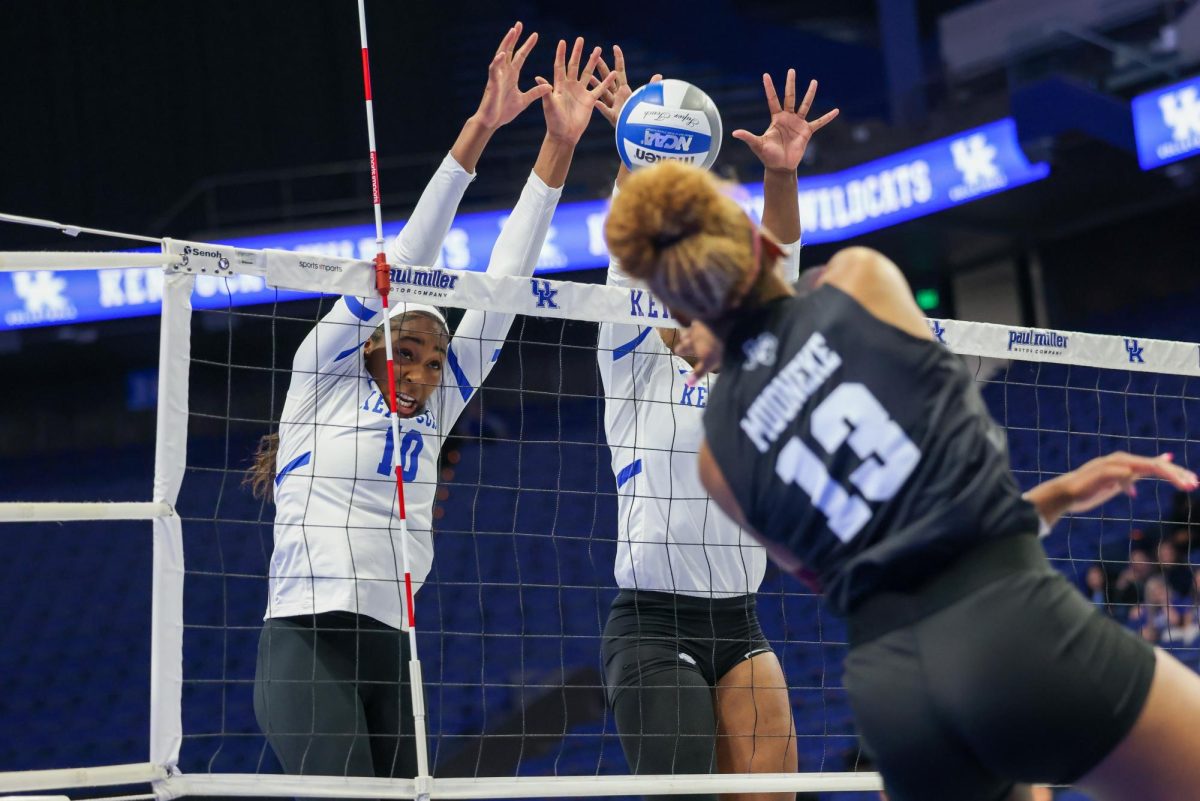



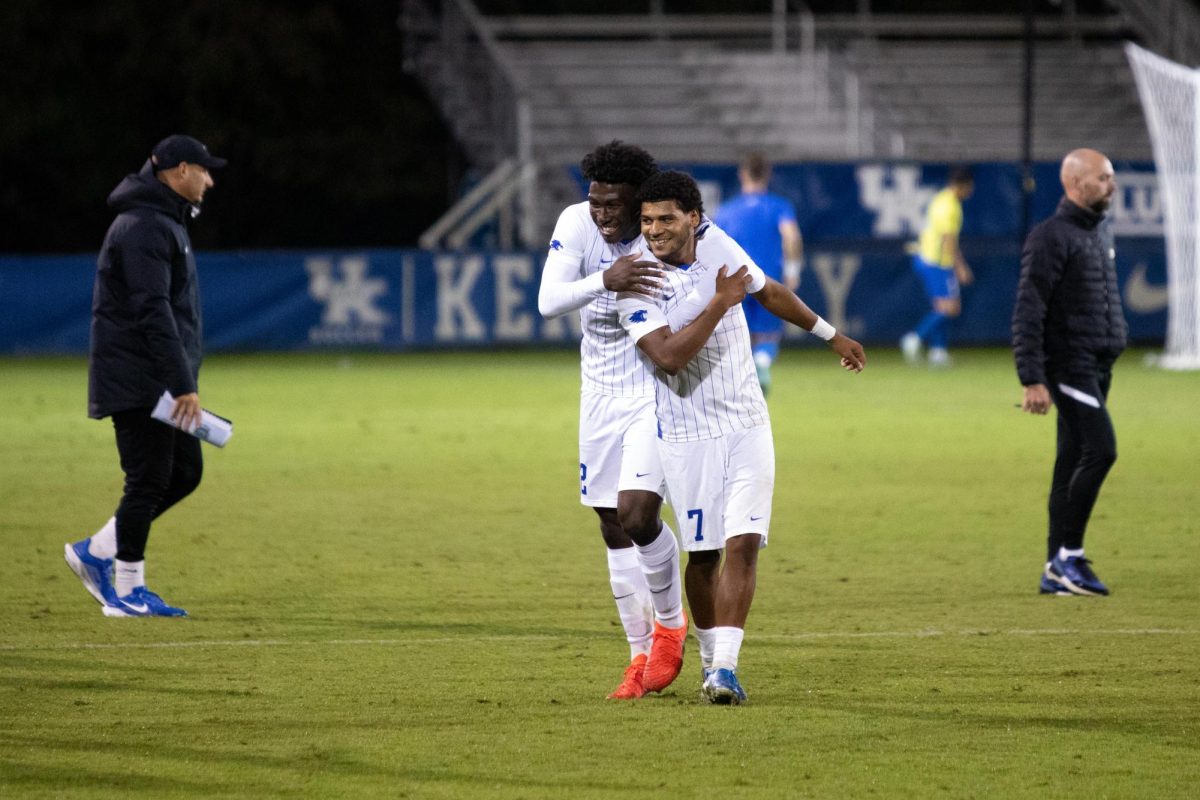
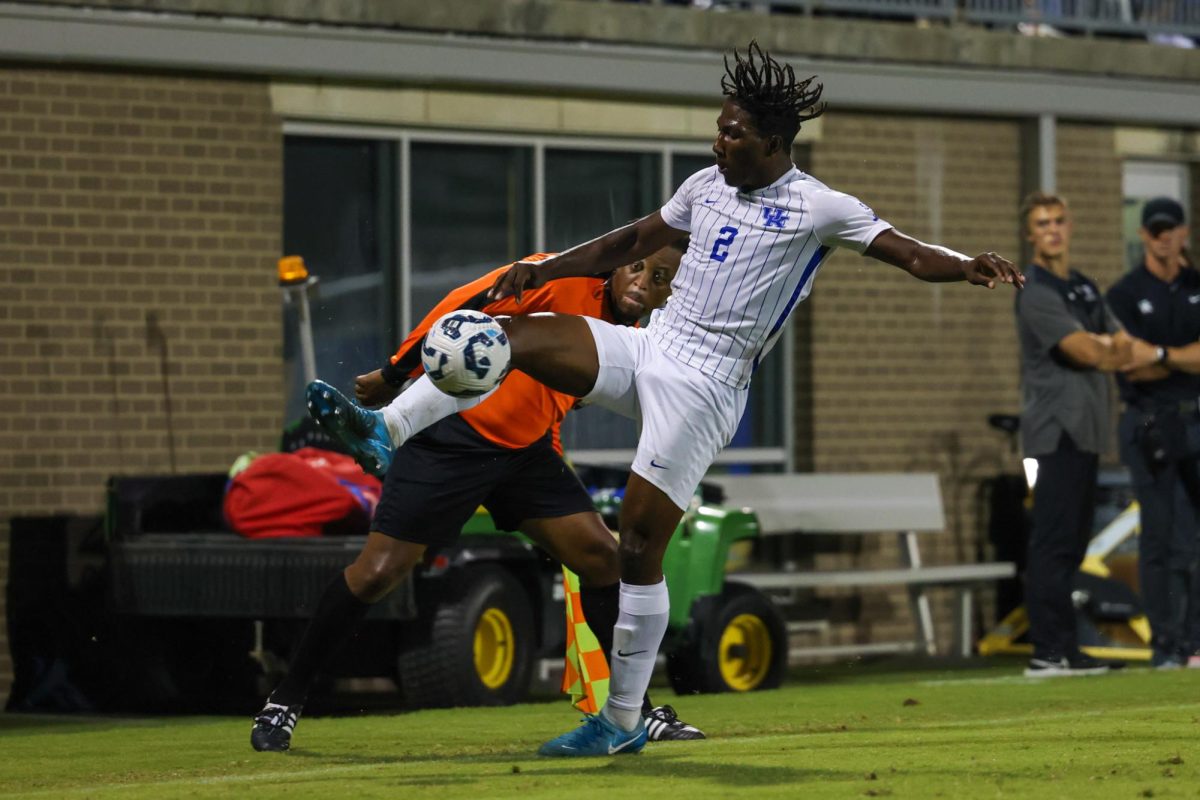
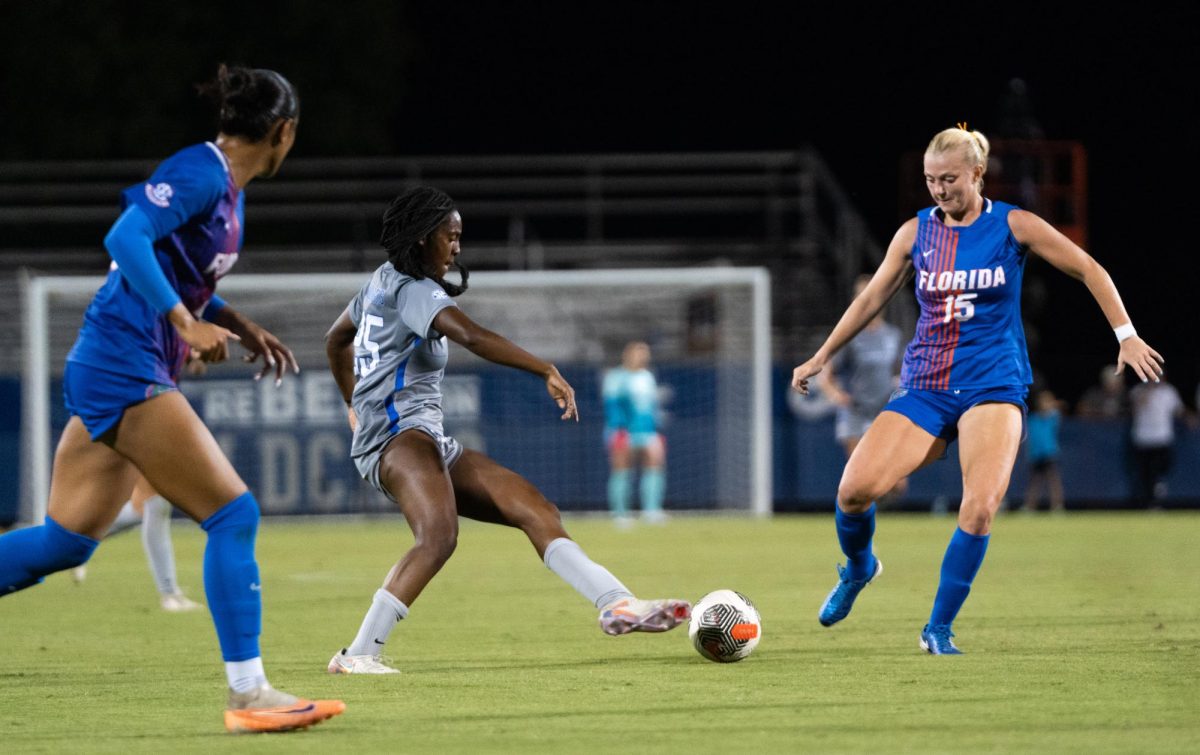

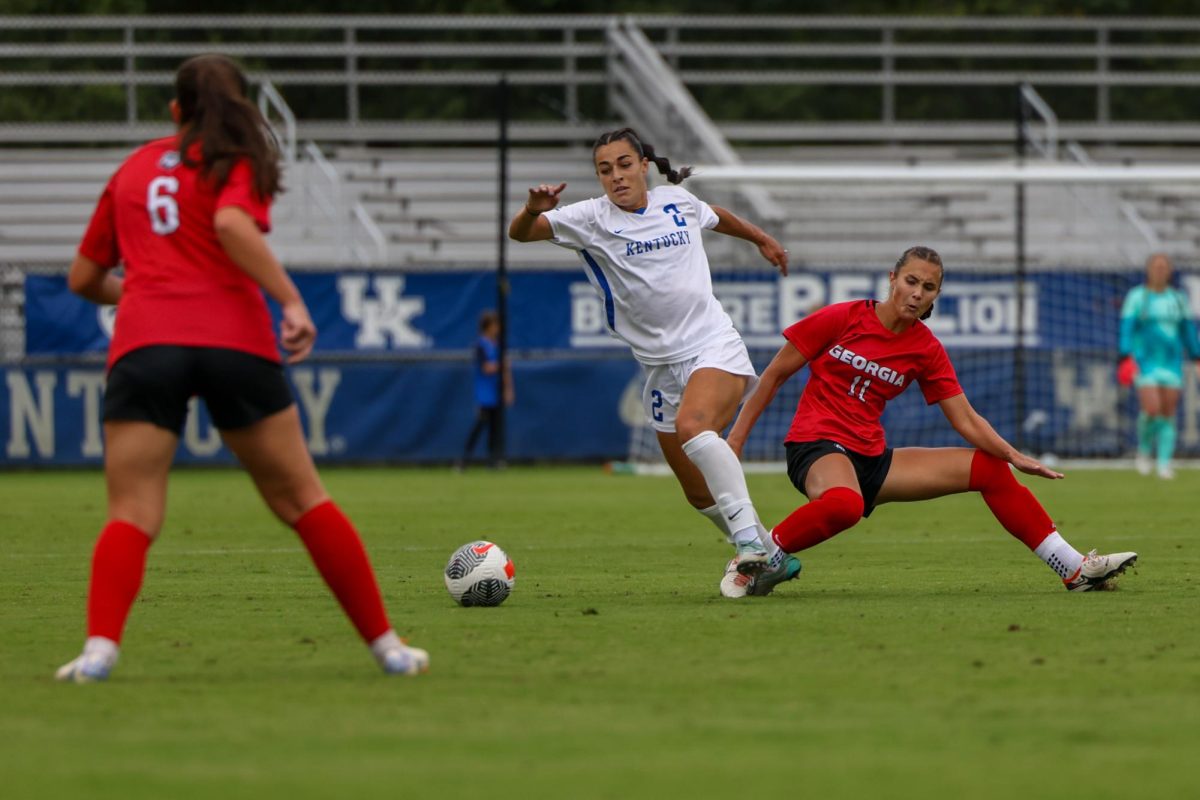









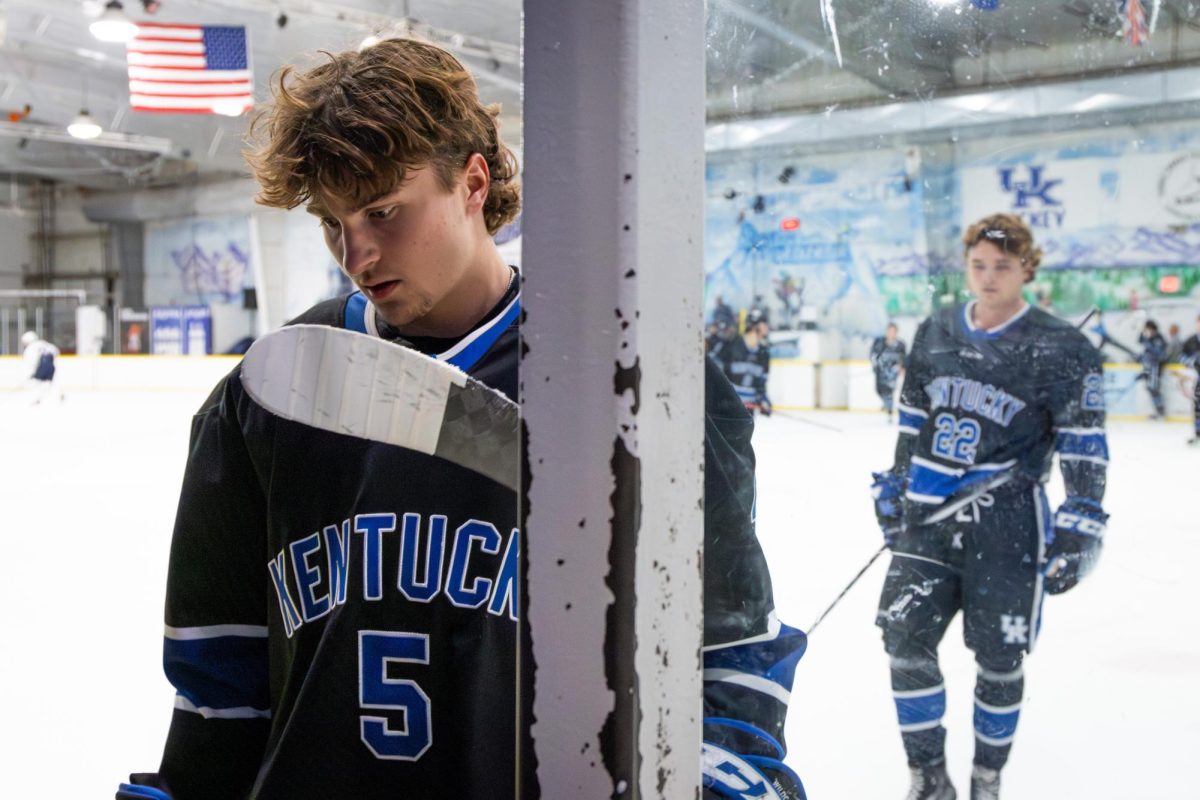



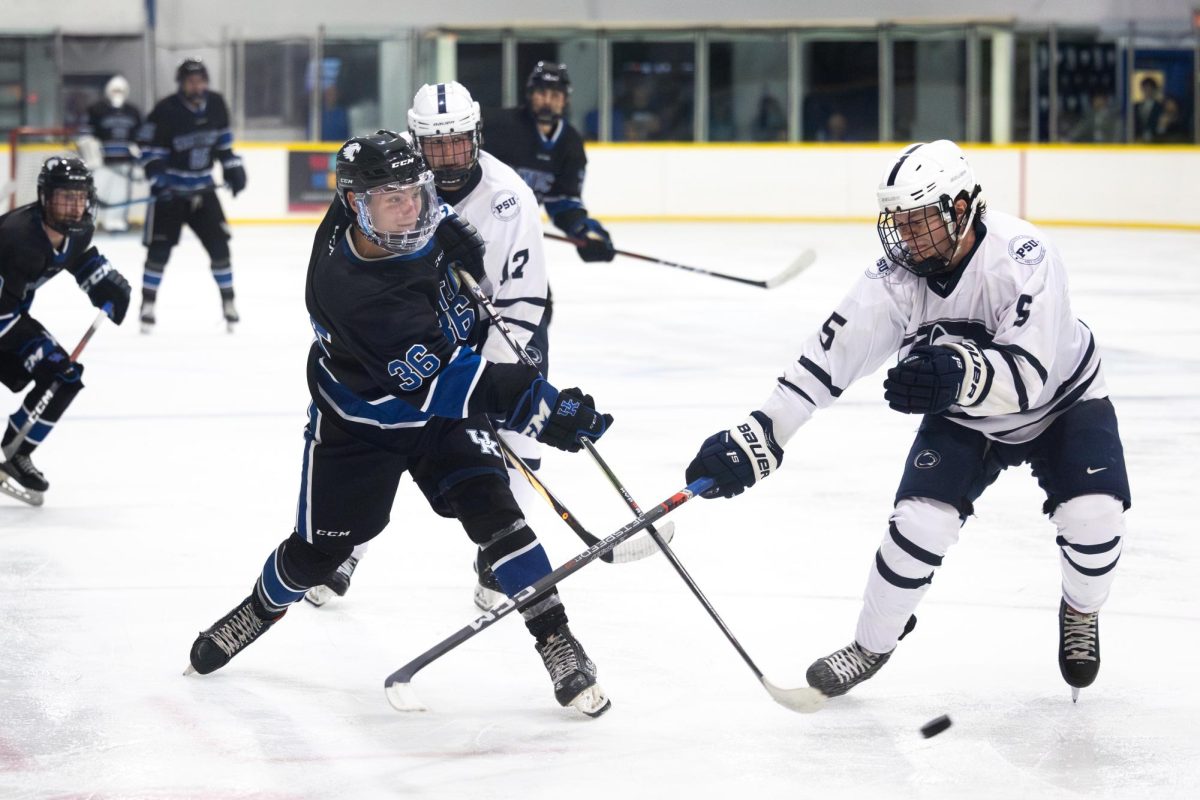


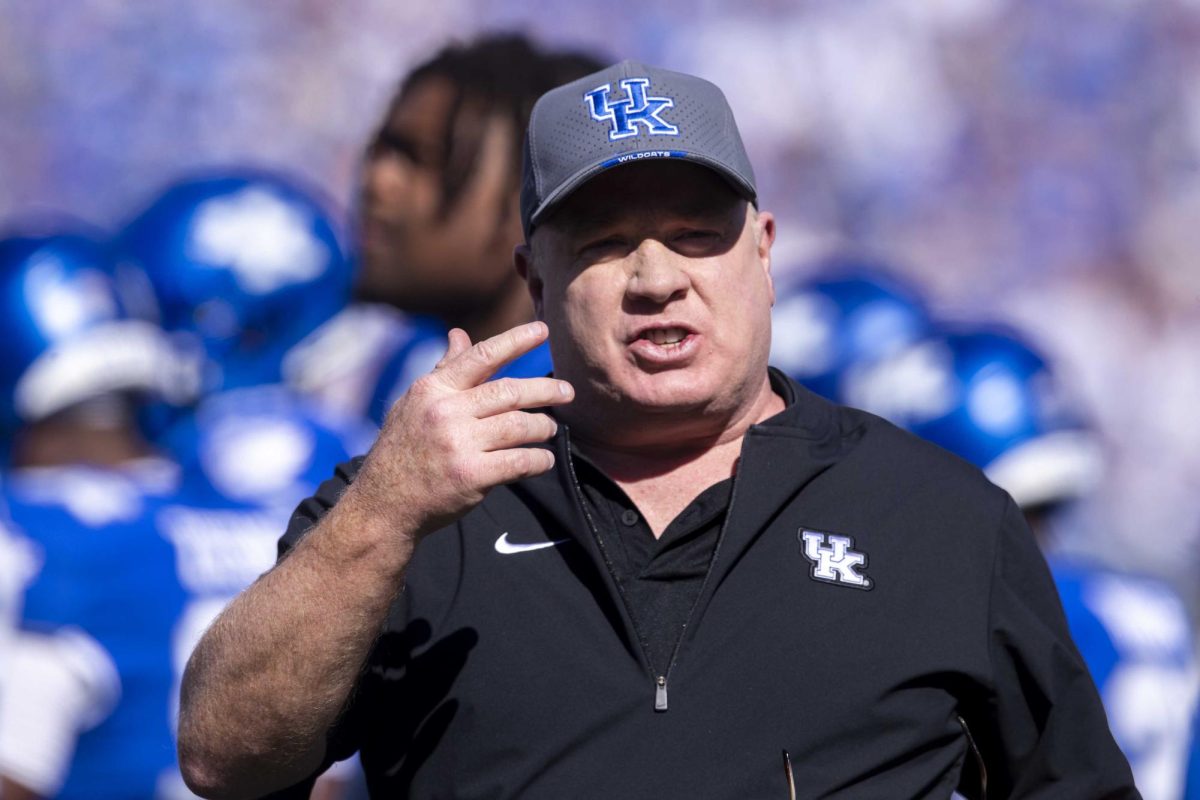
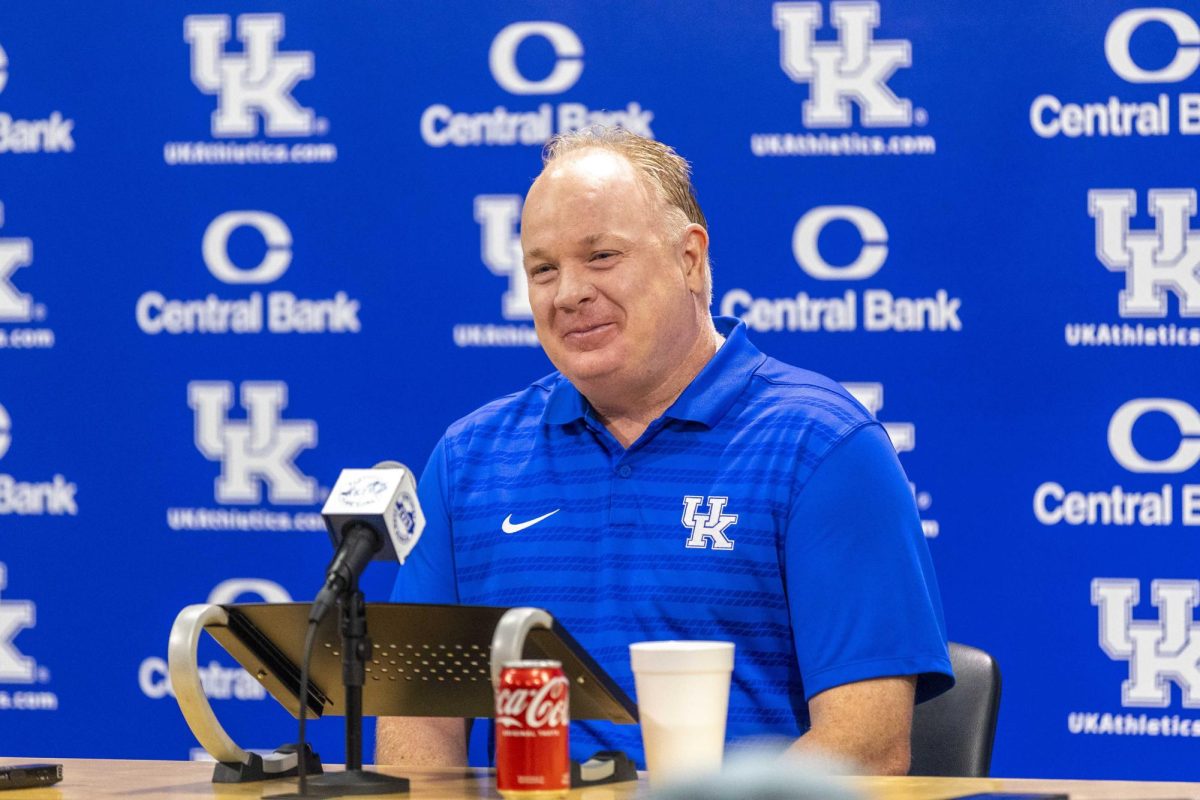




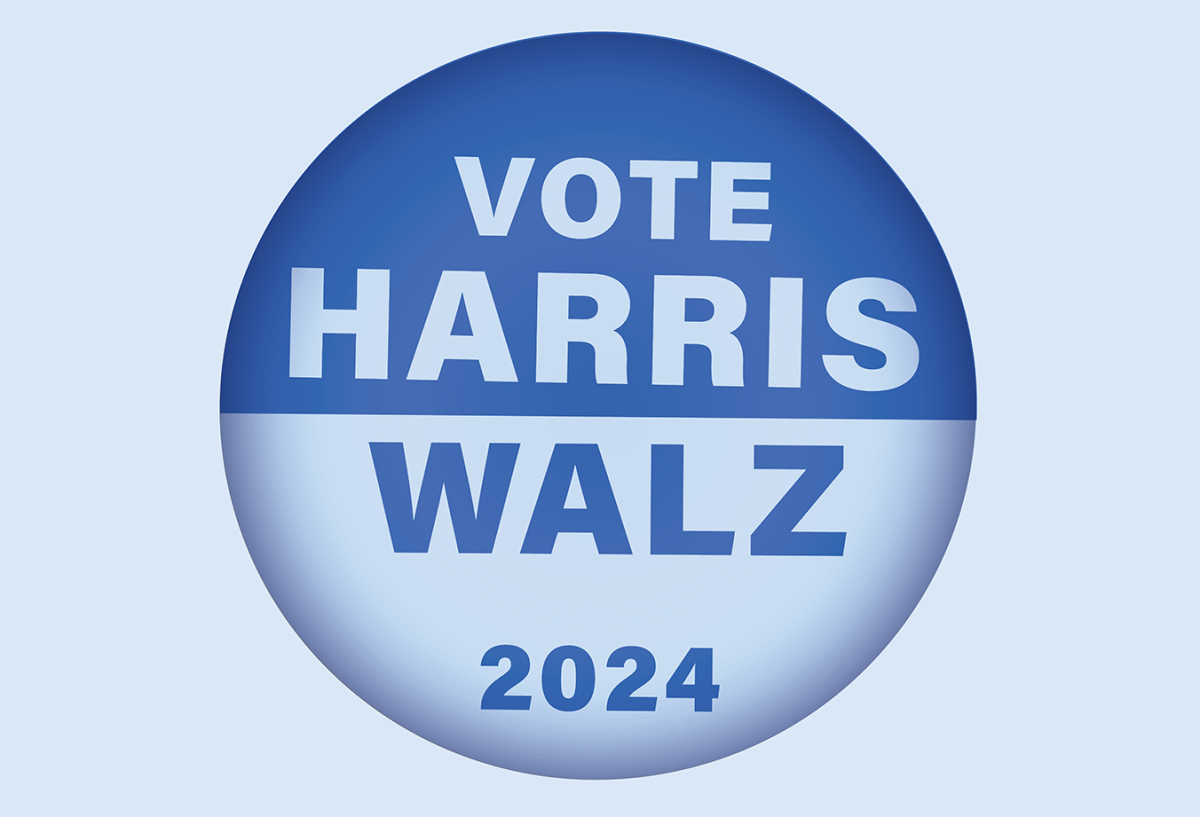









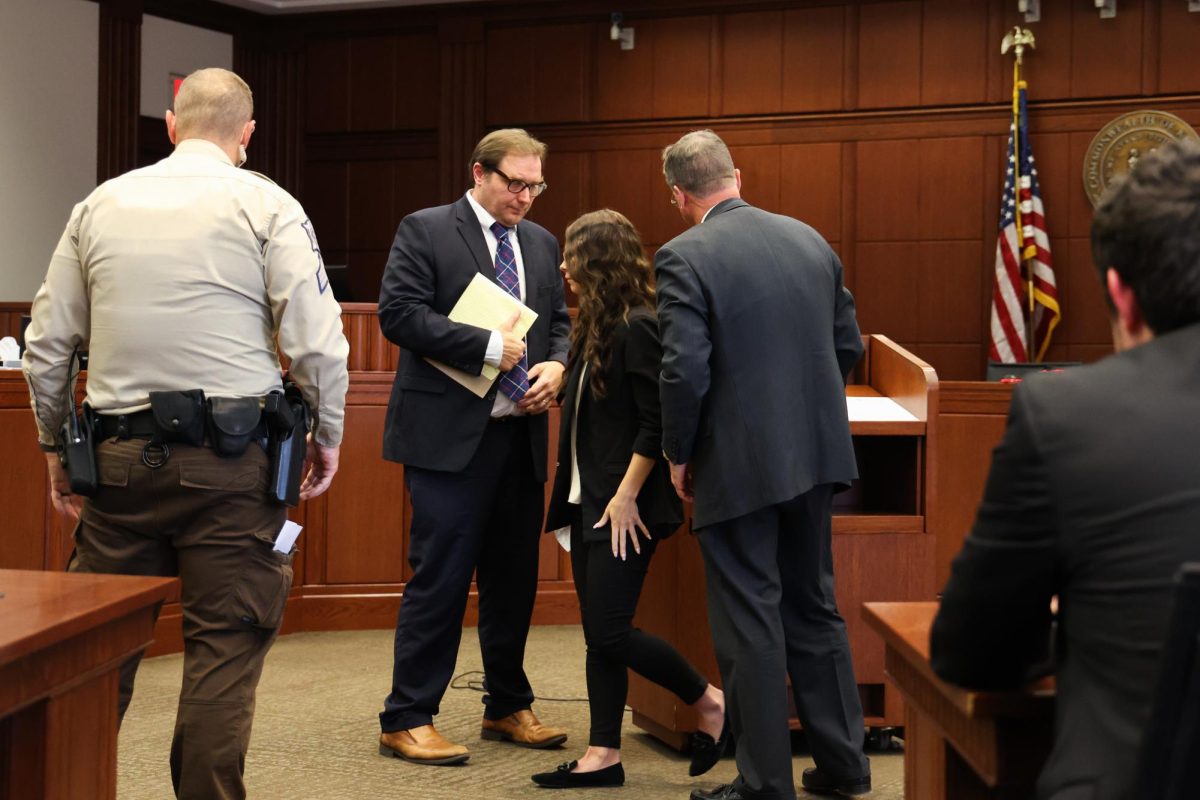






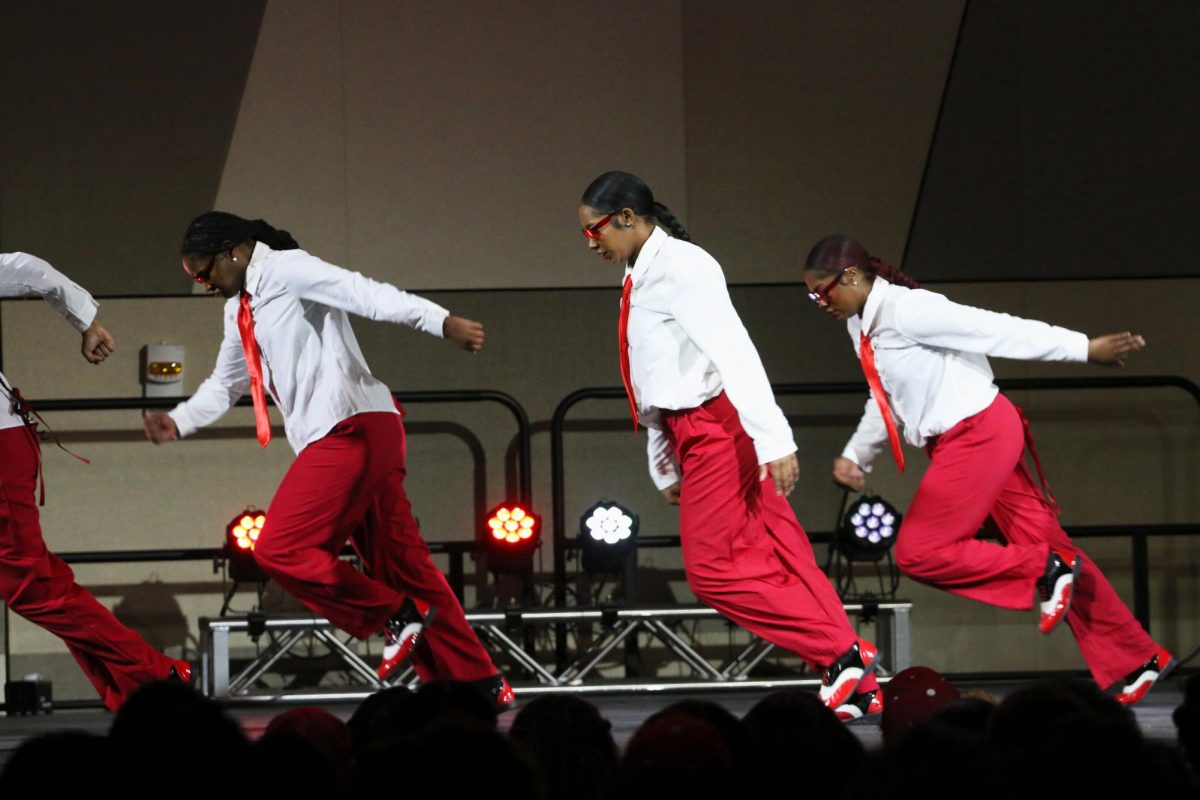
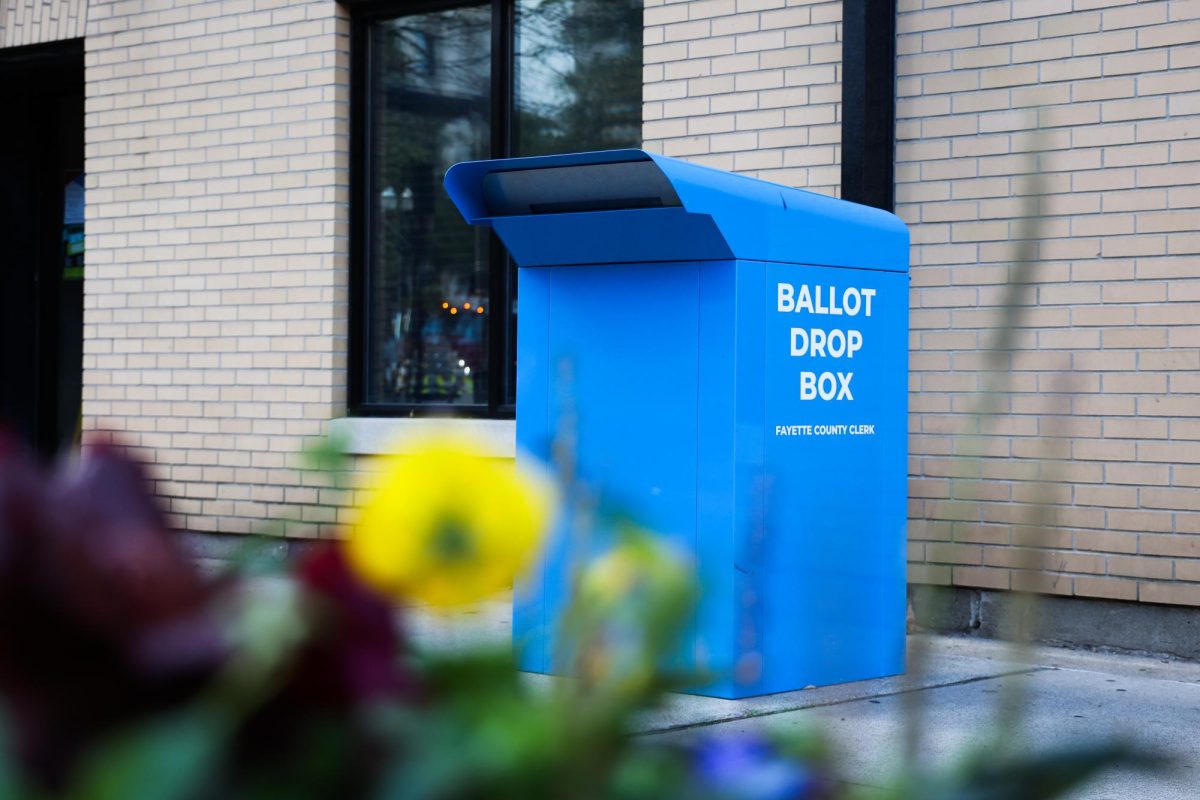



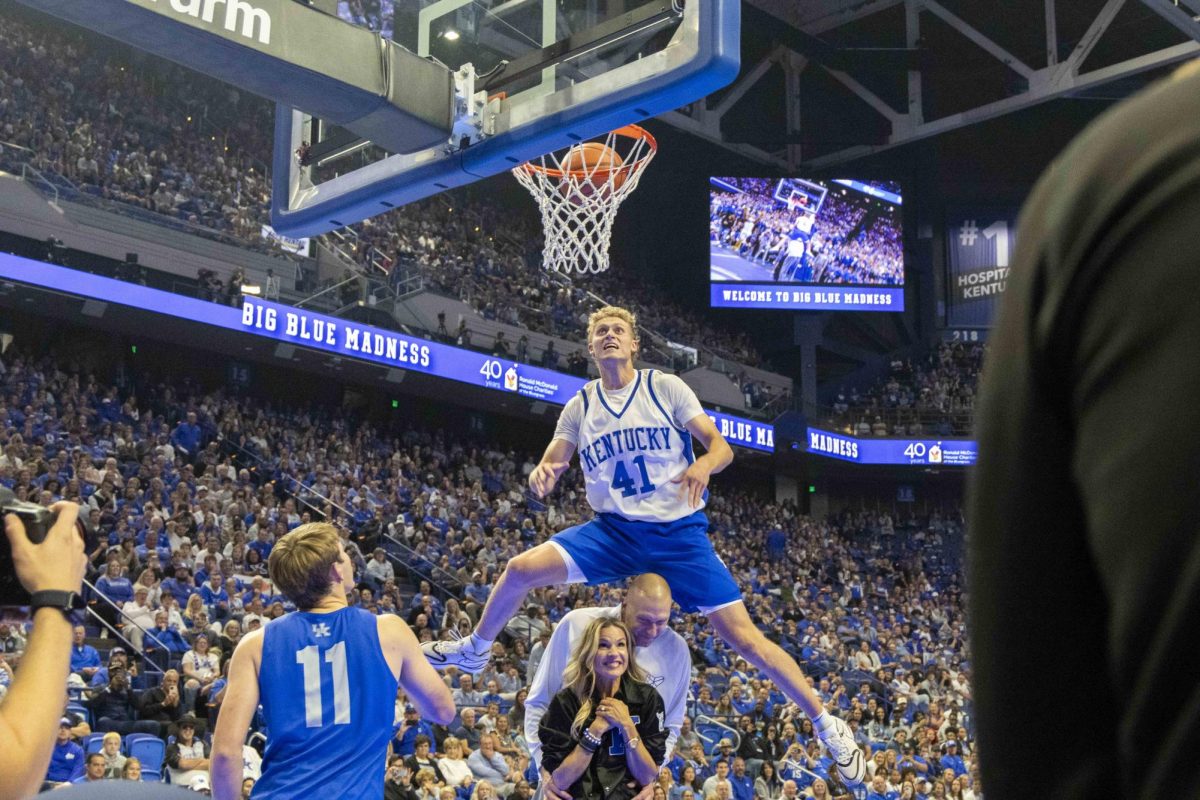



Don • Mar 27, 2024 at 3:51 pm
The board of trustees is what has been wrong with the place for years